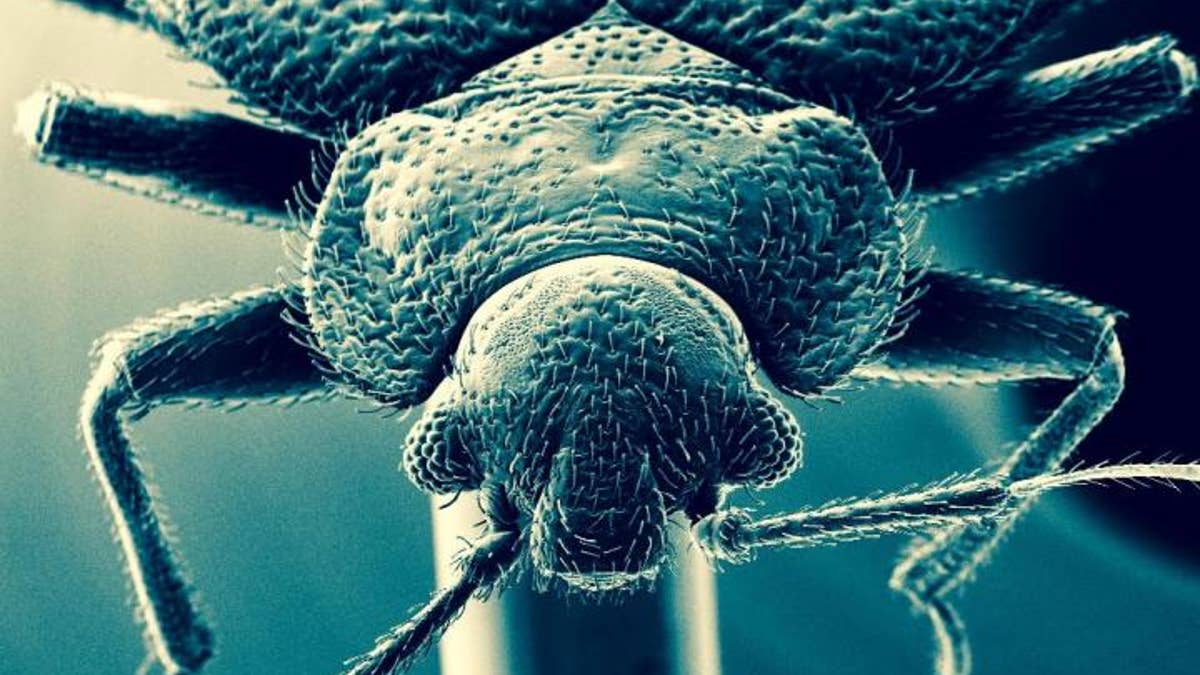
The common bed bug. (David Lilly)
Using high-tech scanning equipment, scientists in Australia have discovered that in the battle between bed bugs and humans, some of the insects wield thicker exoskeletons, making them more resistant to insecticide.
Bed bugs are a source of itchy misery and expense for those whose homes are infested, and the number of such infestations have increased in a “dramatic” way since 2000, according to a new study in the journal PLOS ONE.
Related: 17-year cicadas set to invade the Northeast
To better understand what makes some bedbugs more resistant than others, scientists at the University of Sydney conducted an experiment. They used bed bugs that were obtained in 2012 in suburban Australia from a “single, domestic, field infestation” as well as a laboratory strain, the study reports. Before the testing, they even let the bugs have a “blood meal” from anesthetized rats.
They then tested the bugs’ resistance to insecticide by putting them on paper treated with the toxin. While they found that the laboratory strain of bedbug succumbed quickly to insecticide, the responses from the wild bugs varied. Depending on how long it took those bugs to get knocked down by the toxin, the scientists divided them into groups they dubbed intolerant, tolerant, and resistant.
Using an scanning electron microscope, the scientists measured the cuticles, or exoskeletons, of bugs from the different groups. They found that the more resistant the bug, the thicker its shell. In fact, the pests in the “resistant” category had cuticles that were 16 percent thicker than the bugs in the “intolerant” group. The resistant bugs’ cuticles were also thicker than the bugs from the laboratory strain that was so susceptible to the insecticide.
Related: San Diego Zoo hatches near-extinct 'tree lobster' insects
“The new findings reveal that one way bed bugs beat insecticides is by developing a thicker 'skin',” David Lilly, a PhD candidate at the University of Sydney and the study’s first author, said in a statement.
Lilly added that research might be able to help scientists understand how to better fight the parasites.
"If we understand the biological mechanisms bed bugs use to beat insecticides, we may be able to spot a chink in their armour that we can exploit with new strategies," he said.




















